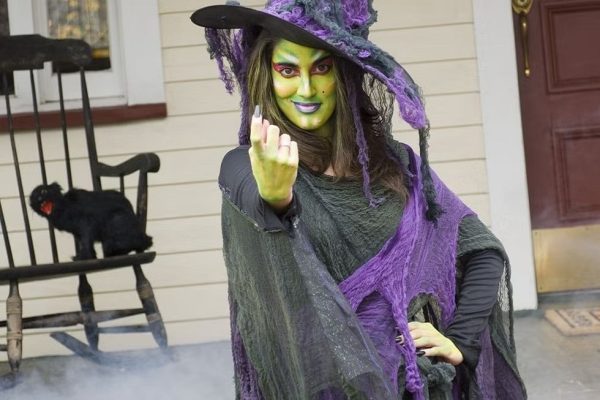The importance of a well-designed dance costume cannot be overstated. For dancers, costumes are not just outfits; they are a vital part of their performances. The right costume can enhance a dancer’s movements, boost confidence, and leave a lasting impression on the audience. As trends evolve in the world of dance, so do the designs of costumes. This article will explore the significance of dance costumes, the latest trends in design, and how they can elevate performances to new heights.
The Importance of Dance Costumes in Performance
Dance costumes are more than just clothing; they are essential to a performance. These costumes help communicate the story, emotion, or character being portrayed. The right dance costume enhances the visual appeal of choreography, allowing the audience to connect more deeply.
Costumes also serve to emphasize the movements of the dancers. Fabrics and designs often highlight leaps, spins, and poses beautifully. This adds grace and precision to the overall performance.
Matching costumes to the theme of the performance creates consistency and unity. Whether it’s a classical ballet or modern hip-hop, costumes set the tone and mood instantly. They help create a memorable visual impression.
Proper dance costumes also promote confidence among performers. When dancers look the part, they feel more prepared and focused. Confidence leads to better performances and a more engaging show.
Lastly, well-chosen costumes ensure practicality and comfort. Dancers need freedom of movement during routines. Costumes designed for flexibility and durability prevent issues like discomfort or wardrobe malfunctions. This balance between style and function is crucial for successful performances.

Different Types of Costumes by Dance Style
Dance costumes are tailored to fit various styles. Each dance style has unique needs and aesthetics.
Ballet Costumes: Elegance and Grace
Ballet costumes emphasize beauty and fluidity. Tutus, leotards, and flowing skirts are iconic choices. Fabrics like tulle and satin add elegance. Delicate designs highlight a ballerina’s movements beautifully. These costumes are lightweight to allow graceful leaps and spins. Touches like lace or embellishments enhance their timeless charm.
Jazz Dance Costumes: Bold and Expressive
Jazz costumes are bright and dynamic. Bold colors and glitter often define these outfits. Form-fitting designs accentuate fast, sharp body movements. Fringe and sequins create extra flair during performances. Jazz costumes mix style with comfort for energetic routines. They showcase individuality while complementing the choreography.
Contemporary Dance Costumes: Simplistic and Fluid
Contemporary dance costumes focus on simplicity. Soft, stretchy fabrics offer full flexibility. Neutral colors dominate to provide a minimalist look. These costumes allow freedom to express emotional storytelling. Loose or asymmetrical designs enhance fluid movements seamlessly. Functionality and subtlety are key features for this dance style.
Hip-Hop Dance Costumes: Street Style and Attitude
Hip-hop costumes exude street-inspired energy. Baggy sweatpants, hoodies, and sneakers are popular picks. Bold prints or graffiti-inspired designs boost style and personality. Layering outfits add dimension to dance routines. Comfortable fabrics support dynamic moves like flips and pops. These costumes underline the raw and urban vibe inherent to hip-hop culture.
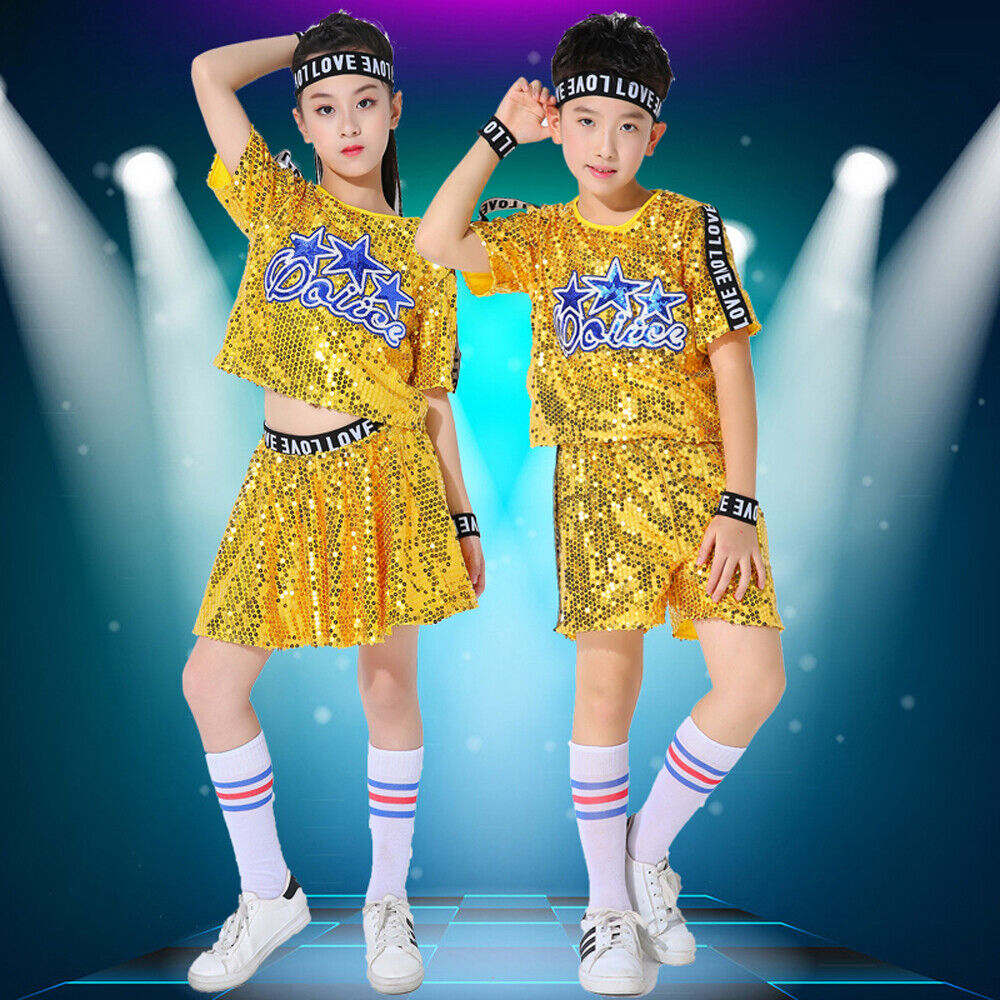
Fabric Choices for Costumes
Fabric plays a key role in the functionality and aesthetics of dance costumes. Choosing the right material ensures performers can move freely while maintaining a polished look.
Lightweight Fabrics for Movement
Lightweight fabrics like chiffon, tulle, and satin provide great freedom of movement. They flow gracefully during performances and enhance visual appeal. These are preferred for styles requiring elegance, such as ballet.
Stretchable Fabrics for Flexibility
Stretch fabrics like Lycra and spandex offer maximum flexibility. They are ideal for energetic dance styles like jazz and contemporary. These materials support complex movements without restricting the dancer.
Durable Fabrics for Longevity
Durable materials such as cotton blends and microfibers withstand frequent rehearsals and performances. They are perfect for routines that involve high-energy moves, ensuring costumes last longer.
Breathable Fabrics for Comfort
Breathable fabrics like mesh and jersey help manage sweat during intense routines. They keep dancers cool and comfortable, especially for hip-hop styles that demand vigorous movements.
Specialty Fabrics for Visual Impact
Specialty fabrics like sequins, fringe, and metallic hues add drama to costumes. They enhance visual flair, making performances more captivating. These are especially popular in jazz and themed dance productions.
Choosing the right fabric balances style, function, and comfort. Consider a dance style’s specific needs to select the most suitable material.
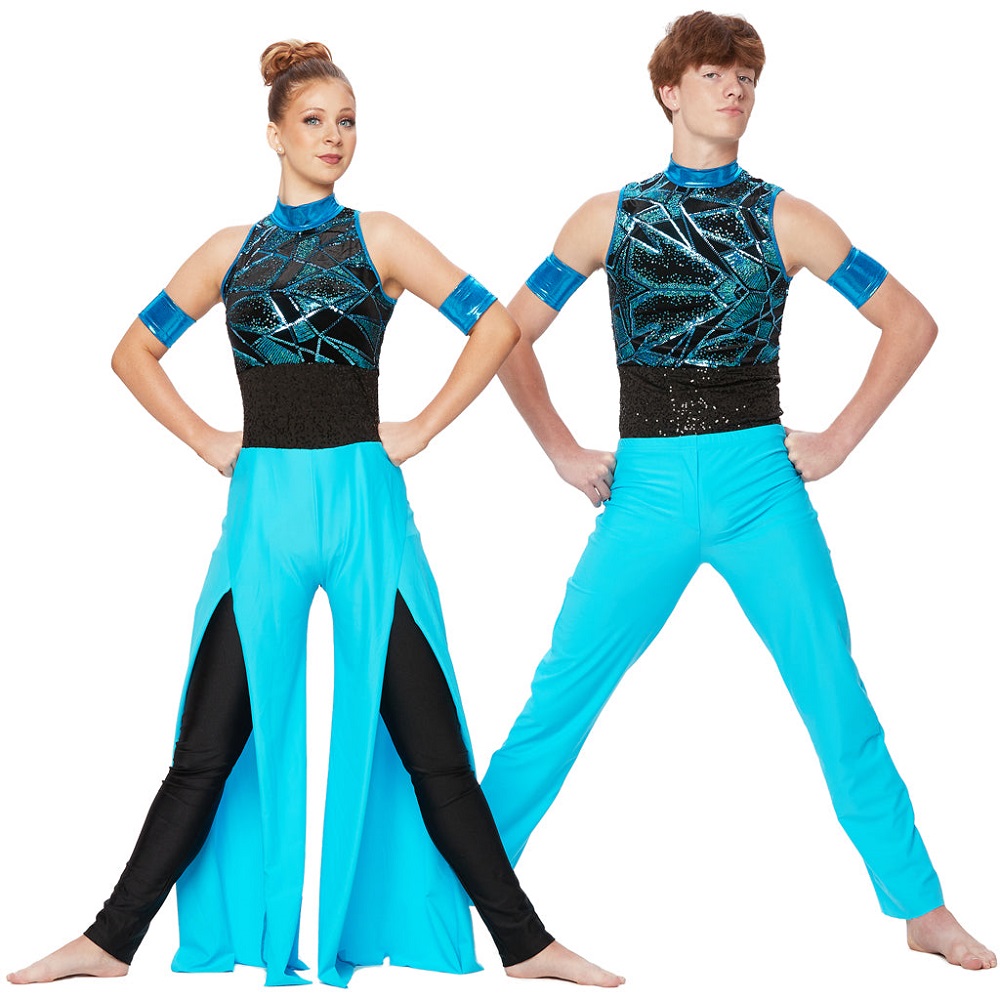
Customizing Dance Costume for Individual Performers
Personalizing dance costumes adds a unique touch to any performance. Each performer has distinct needs and preferences. Customization allows dancers to shine while feeling confident and comfortable.
Tailoring for Fit
Perfect fit is crucial for seamless performances. Adjusting costumes to individual sizes ensures comfort and movement. Ill-fitting costumes can hinder a dancer’s flexibility or lead to wardrobe mishaps.
Adding Personal Flair
Personal touches make a costume stand out. Performers can incorporate favorite colors, patterns, or designs. Embellishments like rhinestones, sequins, or fringes add drama and individuality.
Matching Personality
A custom costume reflects a dancer’s personality. Bold designs suit expressive dancers, while minimalistic ones fit understated styles. This connection boosts performers’ confidence on stage.
Adapting to Skill Levels
Beginner dancers may prefer simpler, more practical costumes. Advanced performers might choose intricate designs. Customization aligns the costume with the dancer’s skill and experience.
Considering Performance Needs
Costumes must suit the theme and choreography. Designers can adjust for specific movements or stories. Flexible fabrics and detailed designs help balance style and function.
Customizing dance costumes reinforces individuality and improves stage appeal. It ensures every performer is ready to dazzle audiences.
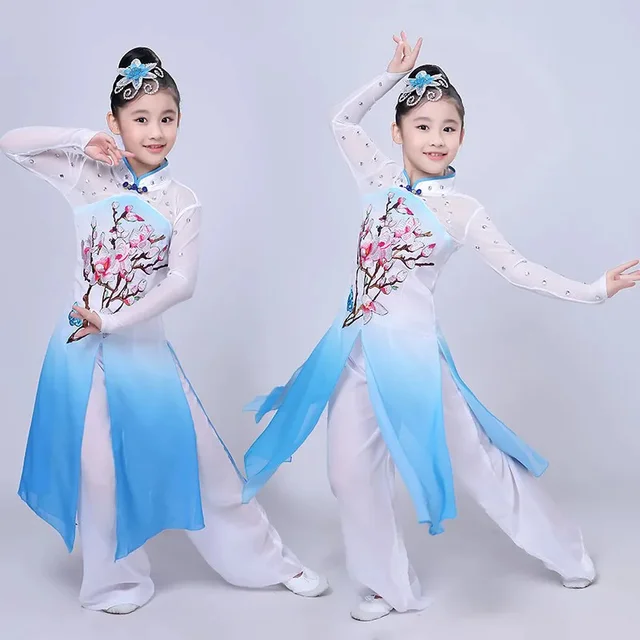
How to Choose the Right Dance Costume
Selecting the right dance costume ensures a performer’s best appearance and movement efficiency. Several key factors must be considered when making this decision to achieve the perfect balance.
Matching Costumes to Choreography
Costumes should complement the choreography and theme. Ballet pieces need elegant, flowing designs. Jazz performances benefit from bold, eye-catching costumes. Contemporary dances require simplicity to highlight emotional movement. Hip-hop routines shine best with street-inspired outfits that emphasize attitude. Aligning the costume style with choreography enhances the overall impact of the performance.
Comfort and Flexibility Considerations
Comfort is critical for seamless performances. Fabrics must allow dancers to move freely. Stretch materials like spandex ensure flexibility for intricate routines. Avoid costumes that restrict movement, causing distractions or discomfort. Breathable fabrics help dancers stay cool during high-energy numbers. A comfortable performer will dance with confidence and ease.
Budget-Friendly Options
Dance costumes can be both stylish and affordable. Reusing or repurposing older costumes saves money. Simple embellishments like sequins can refresh these outfits. Many retailers offer discounts for bulk purchases or group orders. Compare options to find the best value without sacrificing quality. A smart approach to budgeting ensures every performer looks their best without overspending.
Choosing the right dance costume involves combining style, comfort, and practicality. With careful planning, performers can shine on stage with confidence.
Tips for Maintaining and Storing Dance Costume
Proper care ensures dance costumes stay fresh and last longer. Follow these steps for effective maintenance.
Cleaning Dance Costumes
- Hand-wash delicate fabrics like chiffon and tulle to prevent damage.
- Use mild detergents to preserve colors and fabric quality.
- Spot-clean sequins and embellishments to protect decorative elements.
- Air-dry costumes instead of using a dryer to avoid shrinkage or fabric wear.
Repairing Costumes When Needed
- Quickly fix loose threads, straps, or sequins before further damage occurs.
- Replace damaged materials like zippers or buttons immediately.
- Check stitching often to avoid wardrobe mishaps during performances.
Storing Costumes Safely
- Store costumes in a cool, dry place to prevent moisture damage.
- Use garment bags to protect costumes from dirt and dust.
- Fold bulky items like tutus carefully to maintain their shape.
- Separate costumes with dark or glitter fabrics to prevent staining.
Preventing Wear and Tear
- Avoid over-washing to prolong costume life.
- Rotate costumes for rehearsals to reduce constant use.
- Store costumes flat or hung to prevent wrinkles.
By maintaining and storing dance costumes correctly, performers stay ready for dazzling performances.
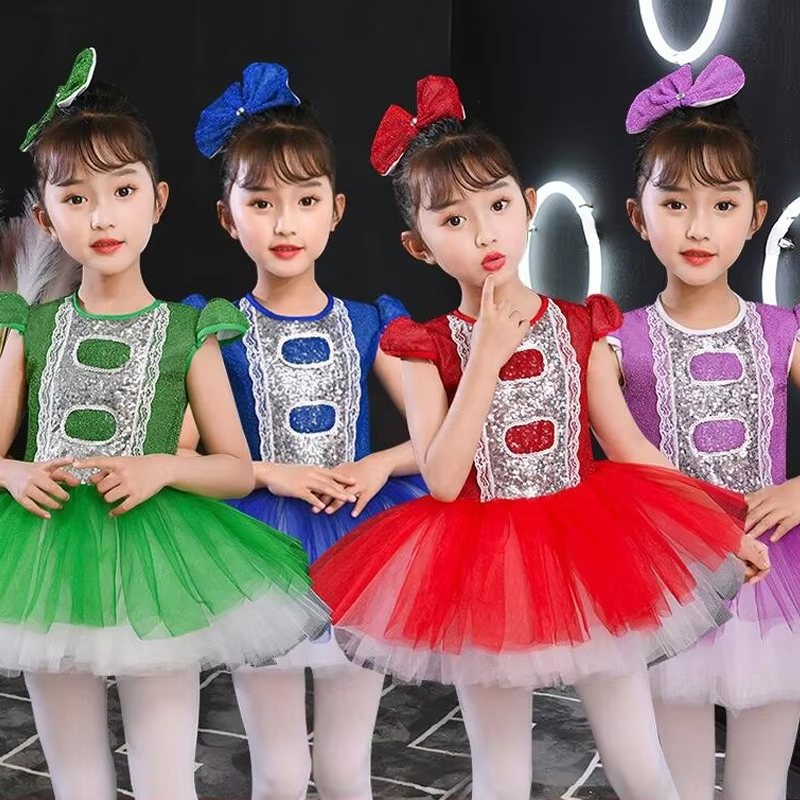
Where to Shop for High-Quality Dance Costume
Finding the right place to buy dance costumes is crucial for performers. You want costumes that tick all the boxes for style, comfort, and durability. Knowing where to shop ensures you get high-quality outfits that enhance your performance.
Specialized Dancewear Stores
Specialized dancewear stores are excellent for finding tailored costumes. These stores often offer a wide variety of styles and sizes. Staff members are usually knowledgeable and can guide you in selecting costumes for specific dance styles like ballet or jazz. You’ll find options ranging from classic tutus to bold, sequined leotards.
Online Dancewear Retailers
Online dancewear retailers provide convenience and diversity. They allow performers to browse extensive collections from the comfort of their homes. Many websites have detailed size charts and offer customization services. Popular online retailers may also provide discounts on bulk orders, ideal for group performances.
Local Boutiques and Custom Designers
Local boutiques often offer unique designs and personal touches. Custom designers can create one-of-a-kind costumes tailored to individual needs. This is a great choice for performers seeking exclusive designs that reflect their personality or the theme of their dance.
Costume Rental Services
For short-term needs, consider costume rental services. Many companies rent high-quality dance costumes for performances at affordable rates. This option is both eco-friendly and budget-friendly, especially for shows with one-time use requirements.
Dance Studios and Schools
Dance studios and schools often have partnerships with reliable costume suppliers. Some studios may even sell gently-used costumes to students. This is a good way to find quality costumes at reduced prices.
Trade Shows and Dance Expos
Trade shows and dance expos are great for discovering new vendors and designs. Vendors often showcase a wide array of dance costumes and may offer show discounts. Attendees can see and feel the costumes in person before buying.
Shopping from trusted sources ensures your dance costumes meet performance standards. Focus on quality, customer reviews, and the specific needs of your dance style.
Practical Considerations in Dance Costumes
Comfort and Fit
While aesthetic appeal is essential, comfort should never be overlooked. Dancers need costumes that allow for free movement and flexibility. A poorly fitting costume can hinder a dancer’s performance and lead to frustration. It is vital to choose designs that provide both support and comfort.
Importance of Material Selection
The choice of fabric significantly affects comfort levels. Stretchy and breathable materials facilitate movement and perspiration evaporation, keeping dancers cool during performances. Dance costumes that incorporate such features enhance overall enjoyment, allowing performers to focus on their artistry rather than discomfort.
Functionality and Practicality
Dance costumes also need to be functional and practical. For instance, they should be easy to put on and take off, especially for quick costume changes. Designers must consider how costumes will wear during rigorous activities and whether they can withstand repeated performances.
Caring for Dance Costumes
Proper Cleaning Techniques
Once you have your dance costume, proper care is essential for maintaining its appearance and longevity. Check the care label for specific cleaning instructions. Generally, it’s recommended to hand wash costumes with mild detergent to avoid damage from harsh laundry machines.
Drying and Storage
After cleaning, allow the costume to air dry. Hanging it in a well-ventilated area prevents moisture buildup, which can lead to mildew or odor. Additionally, consider using garment bags to store costumes when not in use, protecting them from dust and potential damage. Proper maintenance can significantly extend the life of your dance costume, allowing your investment to pay off over many performances.
Repairing Minor Damages
Dance costumes are subject to wear and tear, especially during rigorous performances. It is important to keep an eye on minor damages like loose threads, small tears, or missing sequins. Taking care of these issues promptly can prevent them from escalating into larger problems. Investing a little time in repairs ensures that your costume remains in top condition for future performances.
Conclusion
Dance costumes are vital in the world of performance, contributing to style, comfort, and artistry. Understanding the importance of factors like fit, function, and maintenance will help dancers choose the best outfits for their needs. From high-quality materials to the latest trends, a thoughtfully designed costume can elevate any performance experience.
The story of dance is told through movement and expression, and costumes play a significant role in that narrative. By prioritizing comfort and functionality while embracing creative design, dancers will feel empowered to deliver their best performances. Investing in high-quality dance costumes ensures that every dancer has the opportunity to shine.
Embrace the artistic possibilities and versatility of dance costumes. Explore trendy designs and consider personalization for a unique flair. As you prepare for your next performance, remember that the right costume allows you to express your individuality, convey emotions, and connect with the audience. Celebrate the joy of dance through the vibrant world of costumes, and let your creativity shine as brightly as your outfit!

